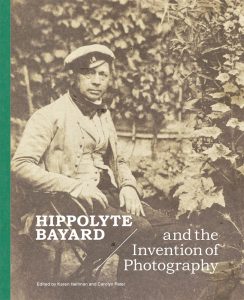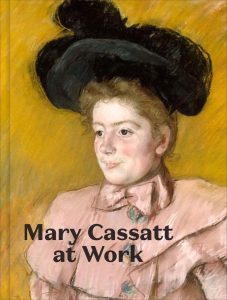The Department of Art History, Visual Art and Theory (AHVA) at the University of British Columbia invites applications for the Digital Media Technician role (CUPE 116), with an anticipated start date in November 2025. This position is full–time and offers a $5,439.00–$5,910.00 monthly salary plus benefits.
Job Description Summary
The Digital Media Technician contributes to the instruction and practice of digital media for the Department of Art History, Visual Art & Theory (AHVA). Major responsibilities include: ensuring the maintenance, supervision, and safe use of digital media equipment, performance of highly skilled technical tasks requiring education, training and experience in digital media; working collaboratively with fellow staff to support delivery of the arts curriculum with an emphasis on art making; digital lab support and oversight across multiple AHVA facilities; conducting technical demonstrations in visual art classes, and providing subsequent assistance to students and faculty in the use of digital equipment; selection, training and management of student Work Learn student assistants, and scheduling and delivering required safety training and orientations. Crossover with and current knowledge of a variety of media areas, art and technologies, current knowledge of digital and graphic art applications, IT developments, related equipment, software and maintenance is also desirable.
The department is housed in several buildings at the UBC Point Grey campus: the Frederic Lasserre Building, Auditorium Annex A, B.C. Binning Studios, Dorothy Somerset Studios, the Audain Art Centre, and the Wesbrook Building. Based in the Audain Art Centre, the Digital Media Technician interacts frequently with AHVA’s Visual Art faculty, sessional lecturers, staff, graduate and undergraduate students.
Organizational Status
Reports to the Administrator and the Studios, Exhibitions, and Facilities Manager; works directly with all Visual Art faculty and technical staff; liaises and collaborates with Art History faculty and fellow staff in the department as well as colleagues in Arts ISIT, Information Technology, Facilities Management, Safety & Risk Services, and Building Operations.
Minimum Qualifications
Completion of a university degree in a relevant discipline or technical program and a minimum four years of related experience or an equivalent combination of education and experience. Some positions may require a graduate degree.
- Willingness to respect diverse perspectives, including perspectives in conflict with one’s own
- Demonstrates a commitment to enhancing one’s own awareness, knowledge, and skills related to equity, diversity, and inclusion
Preferred Qualifications
- Education and demonstrated experience in both technical and creative aspects of digital media and other advanced techniques.
- Knowledge of computer hardware and software for digital media, including Adobe Creative Suite
- Familiarity with coding languages, use and digital media programs such as TouchDesigner, Blender, Arduino, Raspberry Pi, other animation or visual effects software, multimedia programming frameworks, web standards & server administration an asset
- Experience in a digital lab environment and practical knowledge of digital imaging, printing and related tools and equipment.
- Must have working knowledge of some, or all, of the following core equipment: 3D printers, 3D scanners, microcontrollers, electronic circuit building, digital cameras, projectors, monitors, macOS/Windows/Linux platforms, audio equipment, etc.
- Experience installing digital artworks for exhibitions is an asset.
- Knowledge of studio art theory and practice, and art history is recommended
- Demonstrated ability to coordinate and schedule the work of students and instruct/demonstrate the handling of digital equipment and computer hardware and software.
- Ability to coordinate and oversee work processes.
- Ability to effectively use spreadsheets, word processing, calendar, and email applications at a basic level (e.g., Outlook, MS Word, MS Excel) in a PC/Mac environment.
- Ability to communicate effectively verbally and in writing.
- Ability to deal effectively with a diversity of people in a calm, courteous, and effective manner.
- Ability to prioritize and work effectively under pressure to meet deadlines.
- Ability to work effectively independently and in a team environment
- Ability to exercise tact, discretion and judgment.
Please refer to the full posting and apply online at http://www.hr.ubc.ca/careers-postings/staff.php under JOB ID JR22420 or https://ubc.wd10.myworkdayjobs.com/ubcstaffjobs/job/UBC-Vancouver-Campus—Vancouver-BC-Canada/Digital-Media-Technician_JR22420
Applications close at 11:59pm on October 17, 2025. Inquiries to Jeremy Jaud, Manager Studios, Exhibitions & Facilities, jeremy.jaud@ubc.ca.


